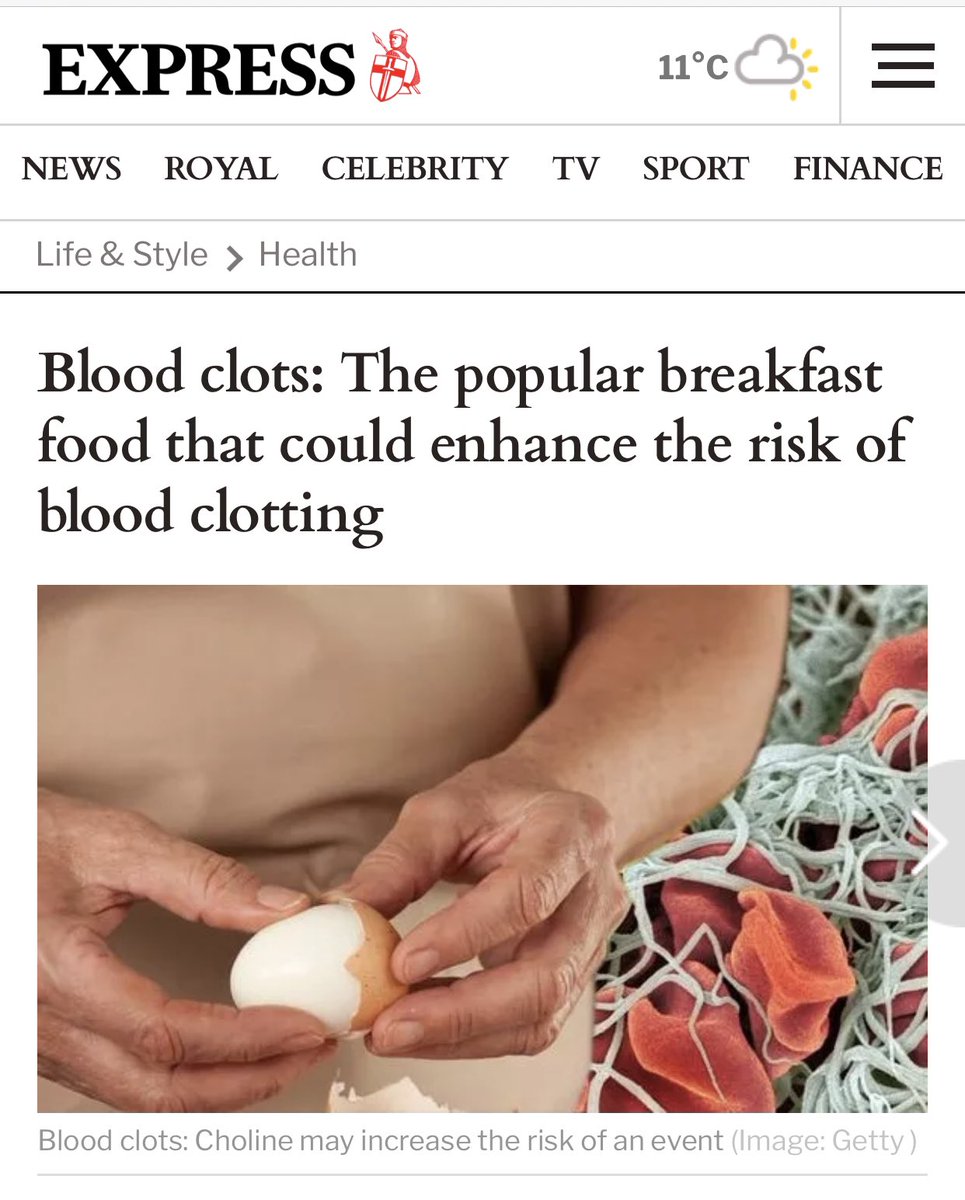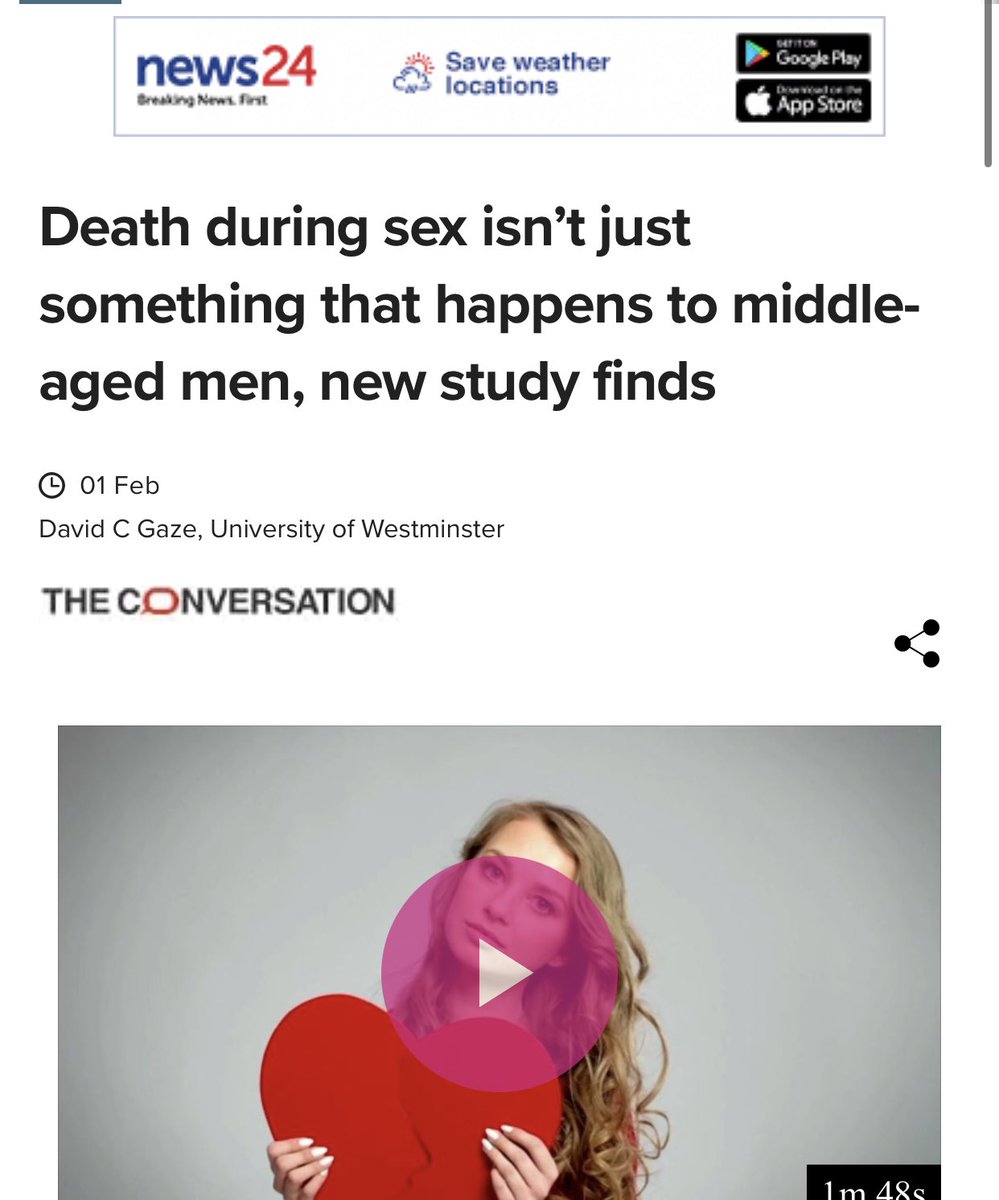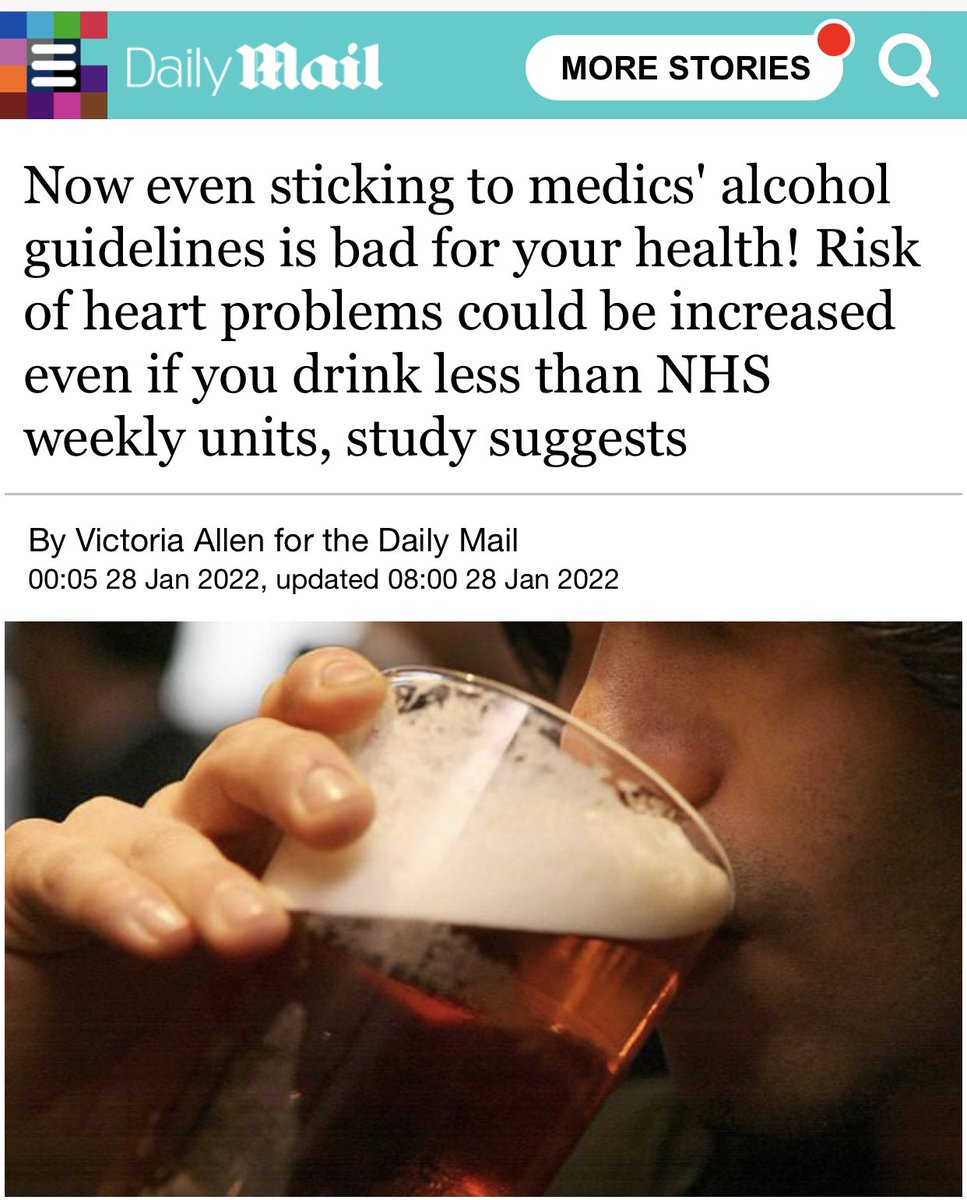
1/ 3-8 months after initial diagnosis of myocarditis in teenagers post jab, a large majority are still persistently showing abnormal markers (GLS and LGE) associated with a worse prognosis of present and future heart function. This is despite improvement in other cardiac markers. 

2/ “The presence of LGE is an indicator of cardiac injury and fibrosis and has been strongly associated with worse prognosis in patients with classical acute myocarditis.”
3/“LGE is a predictor of all cause death, cardiovascular death, cardiac transplant, rehospitalization, recurrent acute myocarditis and requirement for mechanical circulatory support”
4/“Georgiopoulos et al found presence and extent of LGE to be a significant predictor of adverse cardiac outcomes in an 11 study meta-analysis”
5/ “Notably, in our cohort, though there was significant reduction in LGE at follow up, abnormal strain persisted for the majority of patients at follow up.” Note: Even though LGE improved, it is still abnormal.
6/“In a cohort of adolescents with COVID-19 mRNA vaccine-related myopericarditis, a large portion have persistent LGE abnormalities, raising concerns for potential longer-term effects.”
7/ “We plan to repeat CMR at 1 year post-vaccine for our cohort to assess for resolution or continued CMR changes.”
8/ Reference: jpeds.com/article/S0022-…
9/ Note:
LGE= Late Gadolinium Enhancement
GLS = Global Longitudinal Strain
LGE= Late Gadolinium Enhancement
GLS = Global Longitudinal Strain
10/ Once again, their statements are completely wrong. Jab-Induced myocarditis is not temporary and does not rapidly resolve to baseline. Add this to the growing list of duplicities.
• • •
Missing some Tweet in this thread? You can try to
force a refresh
















